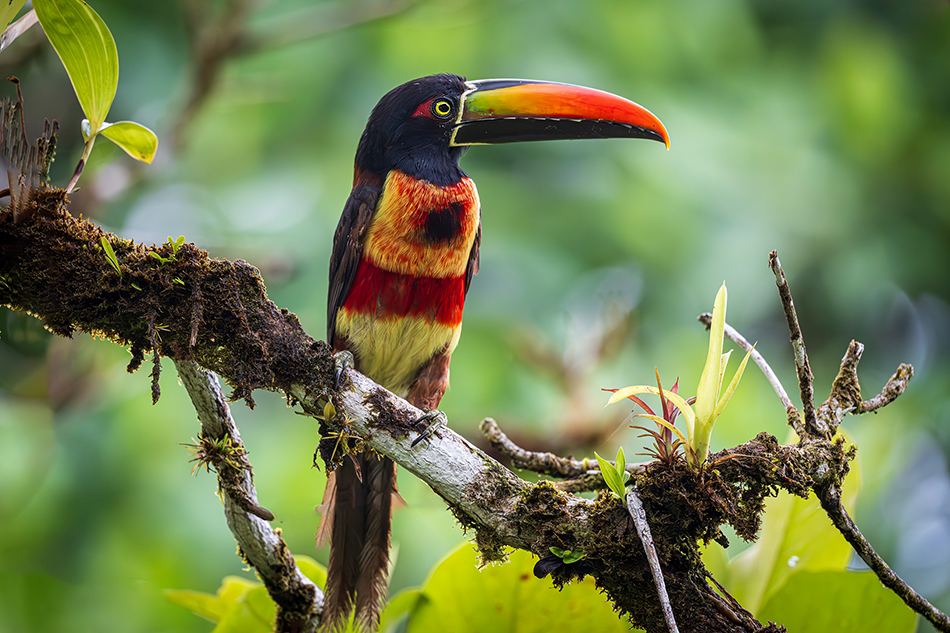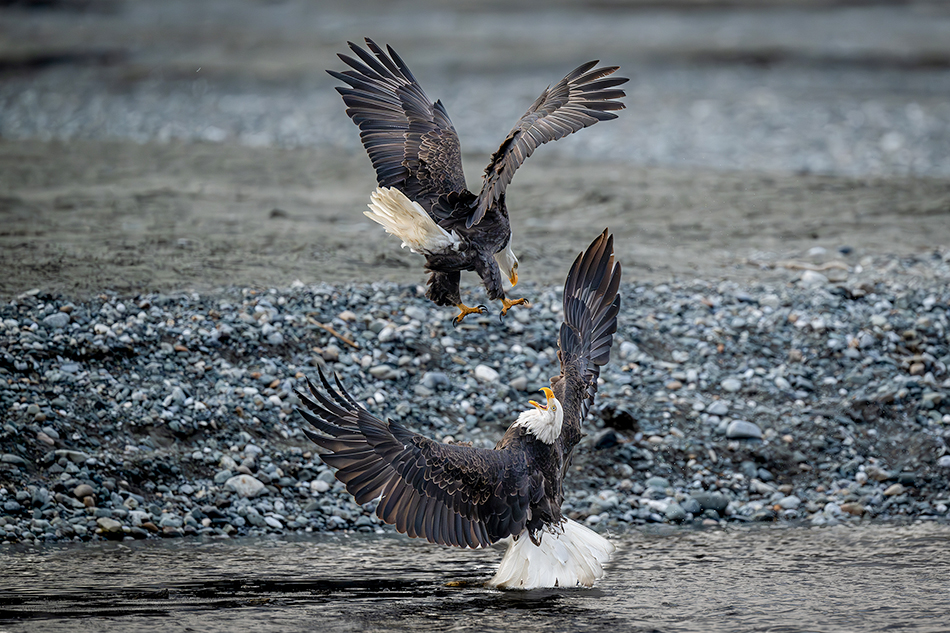
Last week I was in Costa Rica photographing the amazing wildlife with a workshop group. The bird photography was incredible, so many species flying through the jungle. During our shooting a question came up about what is the best shooting mode for birds (and wildlife), Manual mode using auto ISO….or full manual mode and setting ISO manually as well. Great question!
First off, let me just say this…I don’t think there is a ‘right’ answer. In fact, I find myself using both techniques depending on the situation. I’ll explain some pros and cons of each technique, and you get to decide what works best for your photography.

Manual mode with auto ISO is very popular right now, and with good reason. In this mode you set your aperture and shutter speed, and let the camera choose ISO based on exposure. You can set your upper limit of ISO…I normally set mine to ISO 6400, but you can go higher. Since I usually am shooting wide open with my telephoto lens (F4 on my 600mm), I only have to worry about setting my shutter speed to get a sharp image. For rapidly changing lighting on your subject, manual mode with auto ISO is very convenient. Fiery-billed aracaris (a toucan) last week would fly from a full sunlit perch to deep shade jungle branches, 2-3 stops darker. I just let auto ISO switch to make sure I had the correct exposure. And as a side note, you can still use exposure compensation when using manual mode with auto ISO. Auto ISO takes care of exposure while you worry about shutter speed and aperture. And if it is bright out, your ISO will go much lower resulting in a better quality image. Versus staying fixed when not using auto ISO.
When does auto ISO struggle? When your bird flies in front of a dark background and then a white background (think bright sky). The light on the bird stays the same, but the background changes dramatically affecting the exposure and causing auto ISO to potentially get the wrong exposure. This situation happens frequently with birds in flight.

Which leads to manual mode and manual ISO. In this shooting style you set everything. In the scenario mentioned above, if you have the correct exposure set your exposure on the bird will be right no matter what background changes behind your subject. As long as the bird or animal stays in the same light, you are good. But if your bird flies into deep shadows from a sunny perch, then you will have to manually adjust something to get the correct exposure. Maybe you change the ISO, maybe you change the shutter (you are most likely shooting wide open on the aperture). With this technique you need to set you ISO high enough to get fast enough shutter speeds for your subject. Say I set my ISO at 3200 because I am shooting birds in flight. But then the bird lands on a stick, and I can go from 1/4000 to 1/500 for a static subject (and use lower ISO/better quality image). This means I have to manually change my ISO to a much lower value. With manual mode auto ISO, my ISO would automatically come down when I chose the slower shutter speed.

Both techniques require you tweaking settings for certain situations. In Chilkat Alaska photographing eagles every November we often get gray skies with little change in the exposure all day, and not a lot of dense trees. I often shoot in manual mode with manual ISO. When the eagle takes off from the river the light stays the same on the eagle, but he goes from a dark gravel bar to a bright white sky which would generate the wrong exposure using auto ISO (unless I quickly changed exposure comp). But last week in the jungle in Costa Rica the lighting varied dramatically on the birds. One minute they were perched in the sun, the next second they were perched in deep shade. Manual mode using auto ISO worked perfect for this situation, I shot wide open and set my shutter speed for what I needed to get a sharp photo….auto ISO dealt with all the exposure changes.

In the end what matters is what works for you. Consider the pros and cons of every photo technique, and decide what works best for your style. I know a famous bird photographer who has photographed birds for 30 years using Aperture priority. His work is widely published, and this technique works great for him. You decide what works, and most importantly, get outside and go shoot!